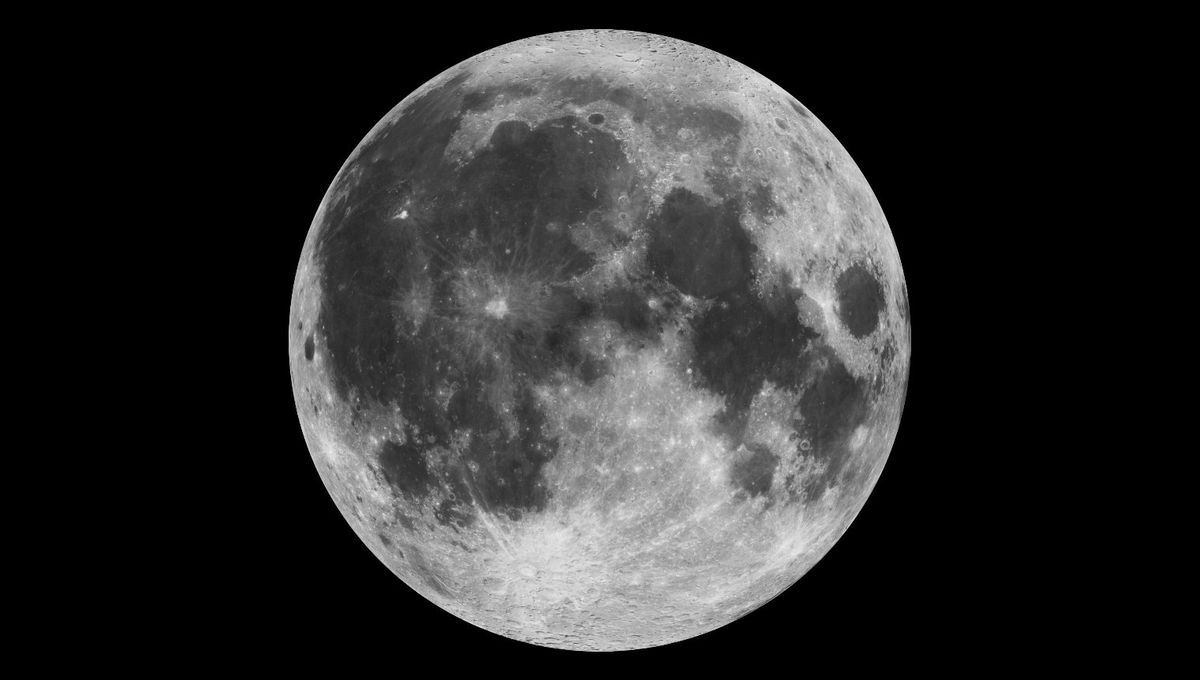
Back in the day, we simply learned that the Moon has no atmosphere. However, schools, institutions, and museums have correctly started to point out that scientists have measured an extremely thin atmosphere on the Moon. Nothing like Earth’s or even Mars’s, which is 100 times less dense than our planet’s. But it is measurable. So the question “is there wind on the Moon?” might lead to some interesting insights.
If we think of wind like what we experience here on Earth, the answer is a resounding no. By human standards, the atmosphere of the Moon is a very good vacuum. It is 10 trillion times less dense than our planet’s own at sea level, or similar to what some satellites experience in low-Earth orbit. So no, no breeze; there might be some motion, but we can’t call this wind.
An interesting effect could be the transport of water across the lunar surface. The Moon is dry, but not as dry as it first appears. There is water ice in the permanent shadows of polar craters, but there are water molecules in the soil across its surface. As the long lunar day progresses (14 days of sunlight and 14 days of night), water is released from the soil.
This phenomenon is known as sputtering, and is one way that gases escape the soil to create the “exosphere” of the Moon. Micrometeorites, the solar wind, or sunlight bombard the surface, and gases come out. There’s outgassing from radioactive decay too. Most of this will be lost to space, but some can fall back down into the soil. Motion, but still nothing like the wind we experience.
It might have been different in the past. The Moon has experienced different volcanic periods, and rocks from the Apollo mission suggest that during one such period, between 3 and 4 billion years ago, the Moon had a thick atmosphere. Well, about one-fiftieth of Earth’s today, but it lasted for a period of 70 million years. That Moon would have had wind for sure, and maybe even liquid water on its surface.
Without a magnetic field, it was eroded away. The wind of the Moon is a feature of a distant past. Its water is trapped in the dry jagged soils or at the bottom of craters that have never seen sunlight since they formed.
Source Link: Is There Wind On The Moon? Or Was There Once Upon A Time?